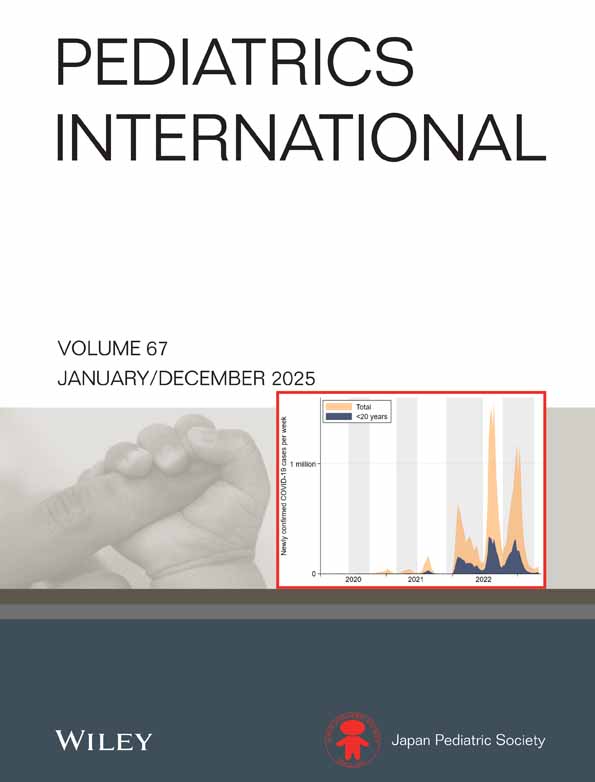Immune response to food antigens: Kinetics of food-specific antibodies in the normal population
Abstract
The role of food-specific antibodies in the pathogenesis of food allergy is controversial. The first step in solving this controversy may be the assessment of antibody response to food antigens in the normal population. Most of the existing data in this field come from studies that used assays of different standards. This study investigated food-specific antibodies in the normal population using standardized assays. Normal levels of antibody titers were also derived for use as reference. Two hundred and eight individuals from different age groups participated. Immunoglobulin G (IgG) antibodies to cow's milk and its component proteins, and to hen's egg ovalbumin, IgA and IgM antibodies to β-lactoglobulin and ovalbumin were measured by enzyme-linked immunosorbent assay. The sepharose-radioallergosorbent test was used to measure IgE antibodies to cow's milk and ovalbumin. Titers of IgG antibodies to cow's milk and its component proteins revealed an age-related trend, peaking in the 5 months-1 year age group and then decreased to negligible values in adults. A similar trend was observed with IgG anti-ovalbumin antibodies. Temporal association was less evident for antibodies of other classes. Only six subjects had positive IgE antibodies to cow's milk, while none had positive IgE anti-ovalbumin antibody. The prevalences of IgG antibodies to cow's milk, its component proteins, and ovalbumin are influenced by age and feeding habits. Cross-reactivity to related food antigens is common. The presence of IgE antibodies to food antigens is not a physiological phenomenon.




